“When all this ends, we'll give him a true funeral ought to have him”.. Crying words echoed by the Italian adult female, Marta Manfredi, as soon as she learned that her grandfather Alfredo Vesioli, who was infected with the coronavirus, was buried alone, without a funeral, without his loved ones, and with the blessing of the priest, Like most of the people of Italy, she was trapped in her house after the virus imposed a curfew on them.
At a time when the coronavirus is causing fear round the world, some people wonder about the fate of its dead victims ?, How are their bodies prohibited ?, And what are the safe borders that make them not negatively affect the environment around them? In 2020 and until today, the planet witnessed the death of 19,600 people, until the primary hour of January 25, 2020, with a mean daily rate of 250 cases per day for 75 full days.
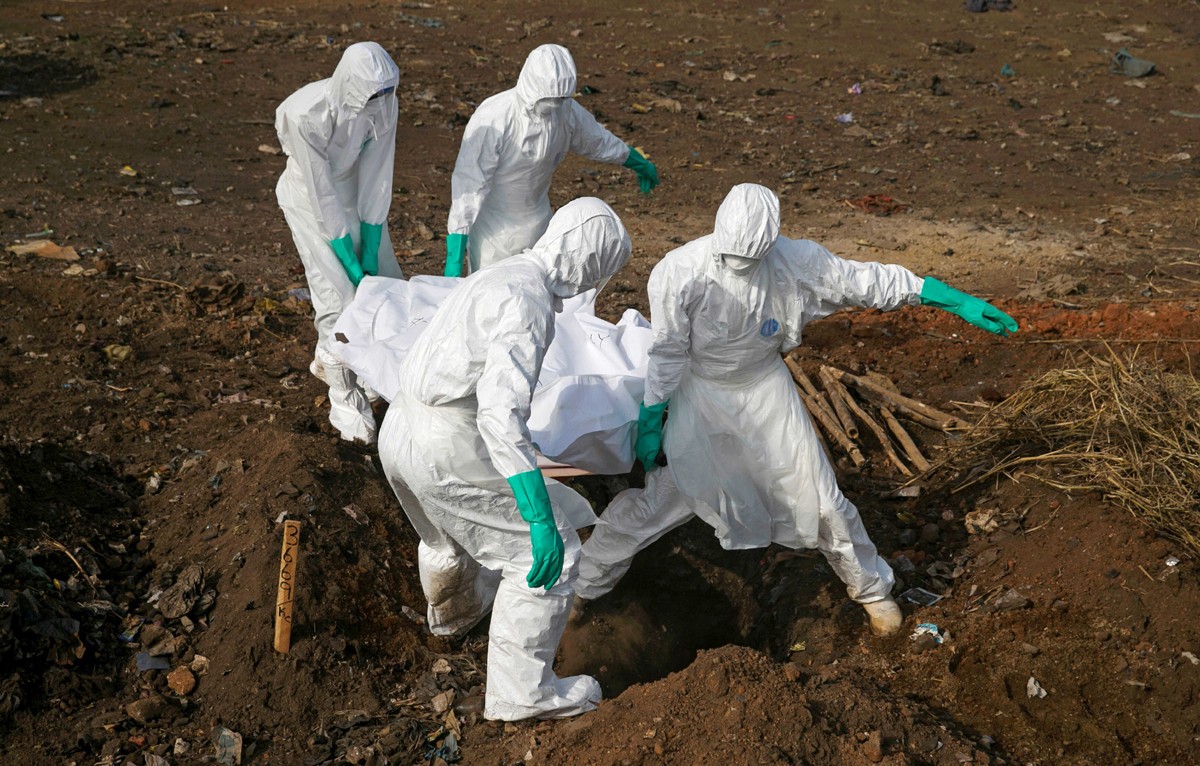
Earth's inhabitants may differ in an exceedingly lot of things, racially, religiously, culturally, economically, but managing the dead remains a sacred ritual for all, always practicing plenty of customs and traditions in line with supernatural virtue, which implies that this state of feeling that young Italian woman Marta Manfredi, it'll not be much different from true that the family of the victims of the coronavirus may feel within the 195 countries infected with it.
"In China, victims were burned near their homes .. In Ireland, they put masks on the faces of dead bodies to scale back the chance of infection"
Some believe that the bodies of virus victims can pose an excellent danger to the encircling environment, or that they'll result in the transmission of the virus to those who is also near it, although many studies are dispensed by several bodies, led by the planet Health Organization and also the International Federation of Red Cross Societies The Red Crescent has proven that this belief isn't true. However, mass deaths thanks to the spread of a viral epidemic have changed the habits of burial, thinking that this represents a priority for everybody from the spread of the epidemic again, which raises the foremost important question, how did these epidemics change the rituals Funeral services in affected areas during an outbreak?
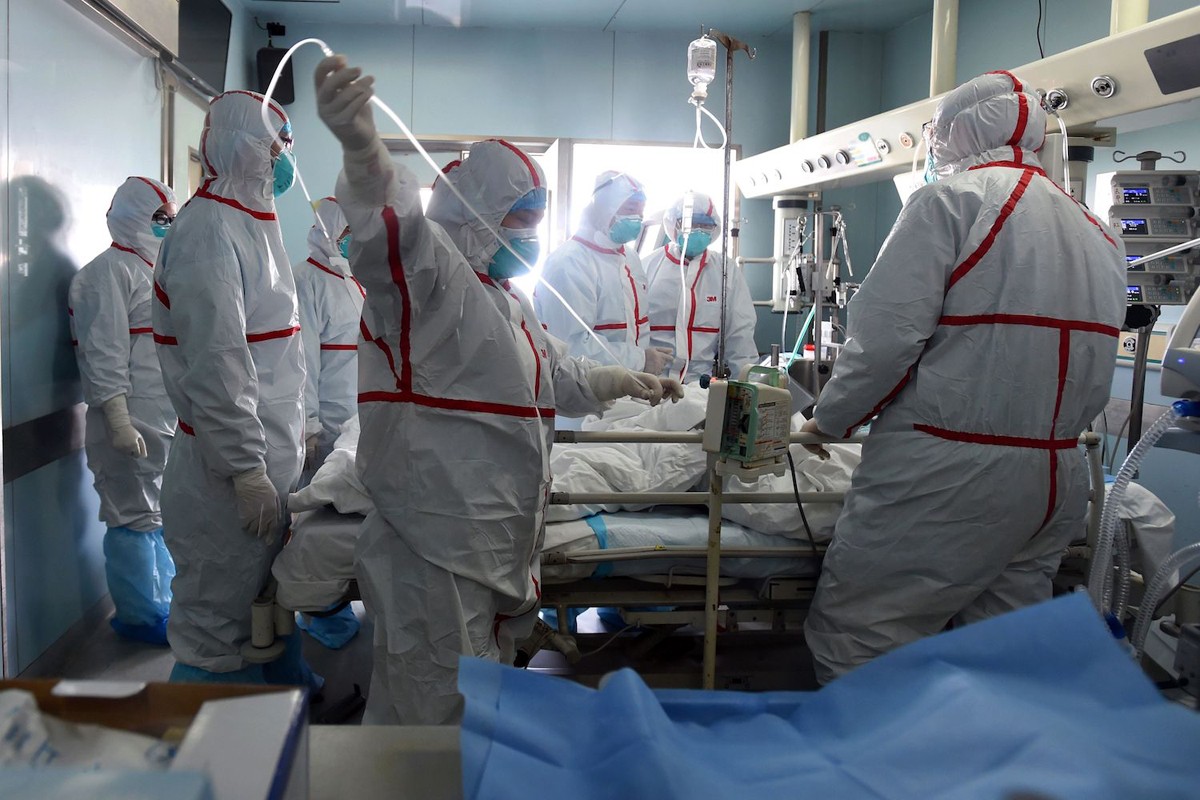
Once the primary coronavirus victim appeared, the Chinese authorities issued an order to cremate the bodies in specific crematoria near their place of death, after clearing the bodies and placing them in an exceedingly sealed bag by medical personnel, and it's not permitted to open them after sealing, and their remains might not be moved between Different regions, and that they can't be preserved, whether by natural burial, or by the other means, at the identical time they need banned all funerary traditions, on top of which may be a farewell ceremony, additionally to not allowing anyone to go to those graves within which he was buried, and if relatives are allowed to require the remains after the burning is complete The body and documented.
Although the WHO report issued by the globe Health Organization confirmed that there's no evidence that the bodies pose a risk of epidemic diseases after a natural disaster, especially since most viruses don't survive for a protracted time within the figure after death, but that the condition The panic and fear that affected everyone after thousands of victims and deaths thanks to a pestilence virus, caused them to treat the bodies of their dead in an exceedingly careful manner. In Ireland, as an example, health authorities advised all those managing the bodies to place face masks on the dead bodies to scale back the danger of infection, And if most families refuse to attend any funerals, favor to express their condolences online through sites like RIP.ie, where death notices and funeral invitations are usually posted on that.
Videos of victims in Italy allow families to observe the priest bless the deceased .. and 90% of Koreans boycott the funerals.
In Italy, the most important country plagued by the epidemic, one among the funeral organizing companies put links to videos that allow isolated families to look at the priest blessing the deceased, quite that a number of the workers with those bodies confirmed that they worked without interruption since the start of the epidemic, which they are doing not drink water even they are doing not visit the rest room and are forced to get rid of protective clothing, while fear of the virus in Republic of Korea has caused the abolition of funeral rites, which are usually held for 3 days of prayers and banquets, and in line with statistics from the Korean Funeral Association, the attendance of funeral mourners at funerals has decreased by 90%, regardless Whether the deceased was infected with the virus or not.
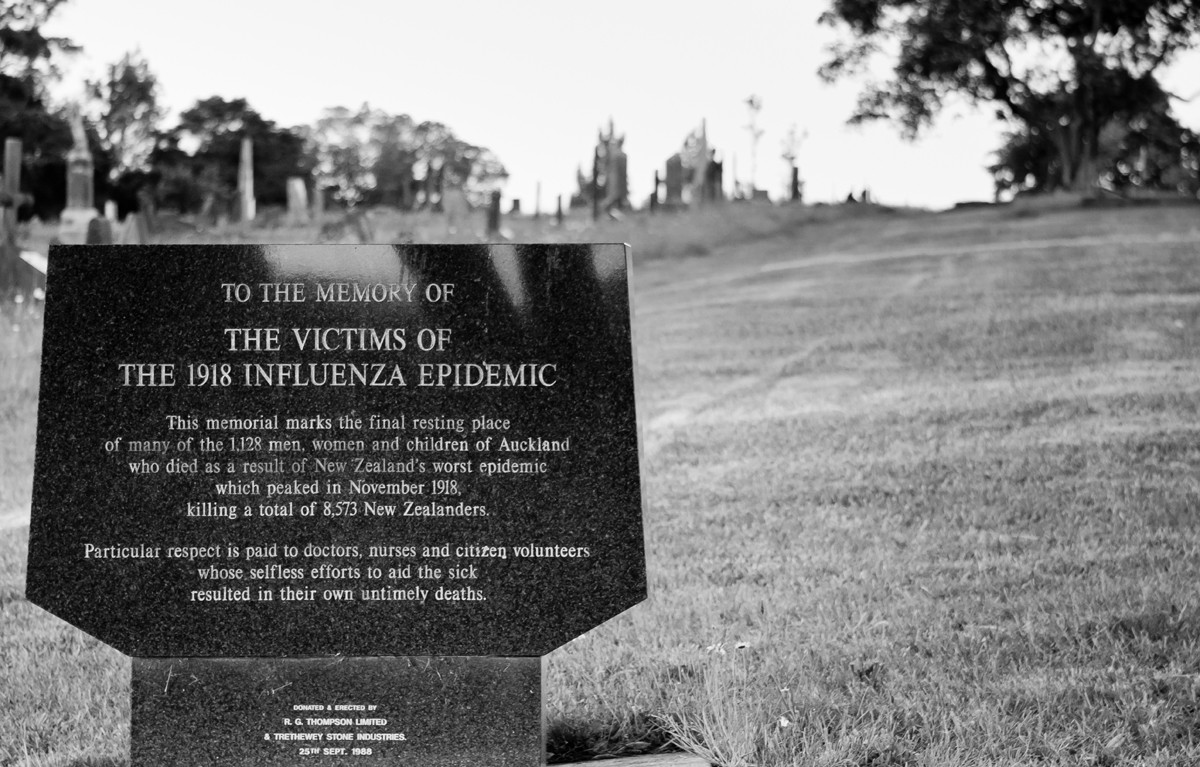
No man's land
This wasn't the primary time that someone was attacked by viruses. for several centuries, he faced epidemics that nearly threatened his life, and every time he had to vary his habits and traditions in managing epidemic victims, for instance, during the outbreak of the bubonic plague within the middle of the fourth century Ten, and specifically from 1348 to 1350, nation city was exposed The London plague of the bubonic plague, and therefore the population before the epidemic had become acquainted with being round the dead, thus Catherine Arnold described them in her book "Necropolis: London and Its Death". the connection between the living and also the dead was completely different, because the Christian Church was the middle of cultural life, and folks were buried ashore The church, meaning that the dead were very close.
"Plague and influenza viruses die as soon because the patient dies.. The bodies of Ebola victims have caused infection to twenty of the infected people"
In the fall of 1348, the city was afflicted by the plague, which changed the nature and customs of that small town, and Catherine Arnold confirmed that the plague did not move from touching these bodies, but it moved through fleas and lice accompanying those bodies, which helped to spread The epidemic, which lasted about 18 months and led to the death of more than half of the city's population, caused the Bishop of London to buy property called "no land" to bury the victims of the plague, and an Englishman bought a nearby plot of land, swallowing an area of 13 acres for the same The purpose is to bury the victims more than 5 meters deep for the first time, according to the Encyclopedia of The History of London by the Scottish historian William Maitland, who found many mass graves and exhumed bodies.
Sad October
More than half a century later, at the end of the first World War of 1918, Spain was hit by the influenza pandemic, then moved all over the world, killing between 30 and 50 million people in less than two years, including nearly a million in the United States of America. October 1918 was the deadliest month of more than 200,000 victims, which made it difficult for the burials of victims of the epidemic, according to a study published in 2000 by American researcher Monica Choch-Spana. At the Infectious Diseases Society of the American Society of HIV Medicine, which confirmed the inability of gravediggers and casket makers to keep up with the most deadly pandemic in history.
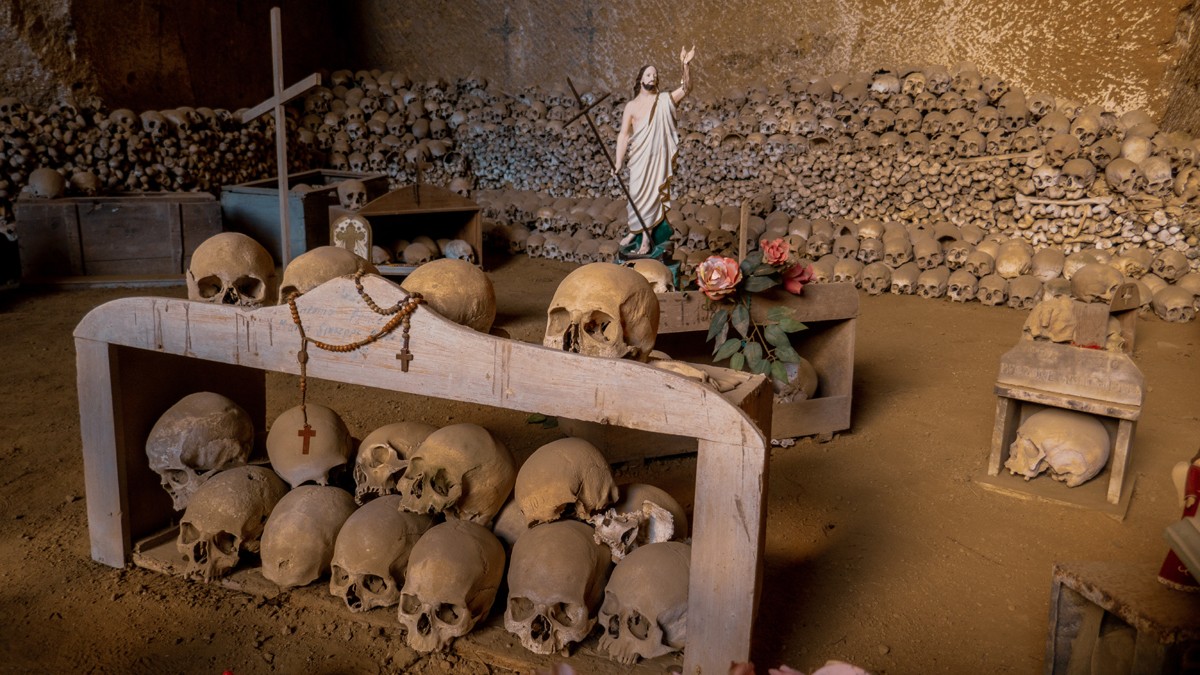
"America was not prepared for the mass deaths of influenza." This is how the encyclopedia "The Forgotten Pandemic in America: Influenza 1918", by the American historian Alfred Crosby, especially since the cremation was not common at the time, which led to the exhumation of bodies that exceeded the capacity of burial contractors and coffin makers, which led to frightening scenes, especially in the States of the American East, the Nurses of the Red Cross in Baltimore reported cases of injuries in many homes, and that the injured had to cover the bodies of their relatives in the corners of the bedrooms, and with the absence of the wounded, the injured had to cover the bodies of their relatives in the corners of the bedrooms, and with the absence of the wounded, the injured had to cover their families in the corners of the night, and with the absence of the bodies of the dead, the injured had to cover the ice-filled bodies in the corners of the bedrooms. The graves were not working, either because they had the flu or because they were afraid, many families were forced to dig graves for their children, and prisoners were used to dig a number of mass graves.
Poisonous corpses
"Safe burials of ebola virus victims were an important part of the rapid and correct handling of the virus." In a statistical study published to measure the impact of the Safe Burial Program for Ebola Victims by the Red Cross, the Journal of Neglected Tropical Diseases confirmed that Ebola is very different from the plague and the Spanish flu of all kinds, scientific experiments have shown that the bodies of the victims produce very toxic substances, and that they are highly contagious through direct human contact after the death of the victim, funeral rites and the participation of families in the processing of their deaths contributed to the re-spread of infection, where at least two people were injured after each mass burial.
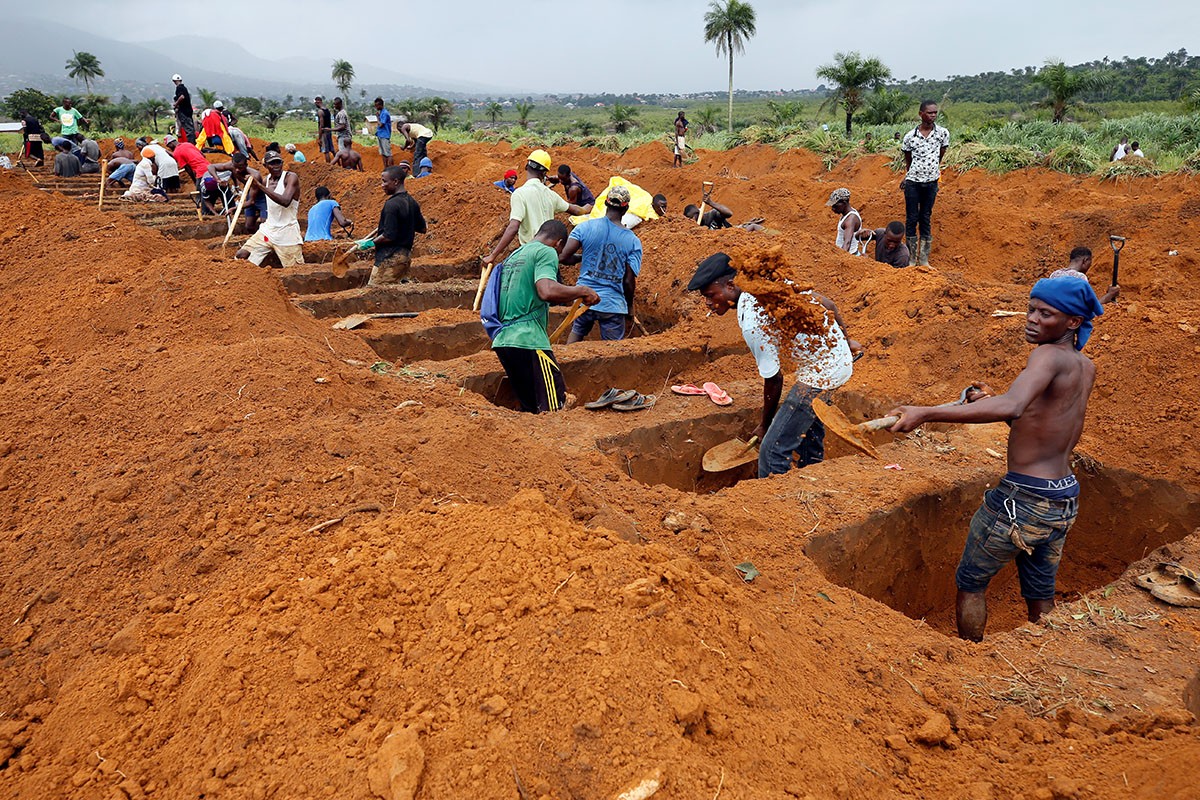
The fact that cemeteries and safe mass burials were not the most common victims of the virus, according to the Cdc, the number of victims did not exceed 10,000 in the West African region, but the nature of the virus, which has been classified as one of the most serious diseases of the twentieth century, forced everyone to change funeral rituals, as burial habits in West Africa usually involve washing and kissing family members of the deceased, leading to !.!.! The chances of hiv transmission have increased dramatically, and the World Health Organization (WHO) has confirmed that nearly 20% of new infections occur during the burial of deceased Ebola victims.
Recently, the CDC conducted a survey on burial rituals for Ebola victims in Sierra Leone, which confirmed that they were unsafe and health-unacceptable to the surrounding environment, encouraging them to recommend the speedy transfer, burial or burning of bodies, taking into account the region's standard burial practices, which the World Health Organization (WHO) has done in collaboration with the Red Cross, the Red Crescent (IFRC), other non-governmental organizations, religious groups, and medical anthropologists, through safe and dignified burials, through safe and dignified burials. Families and families of the deceased.
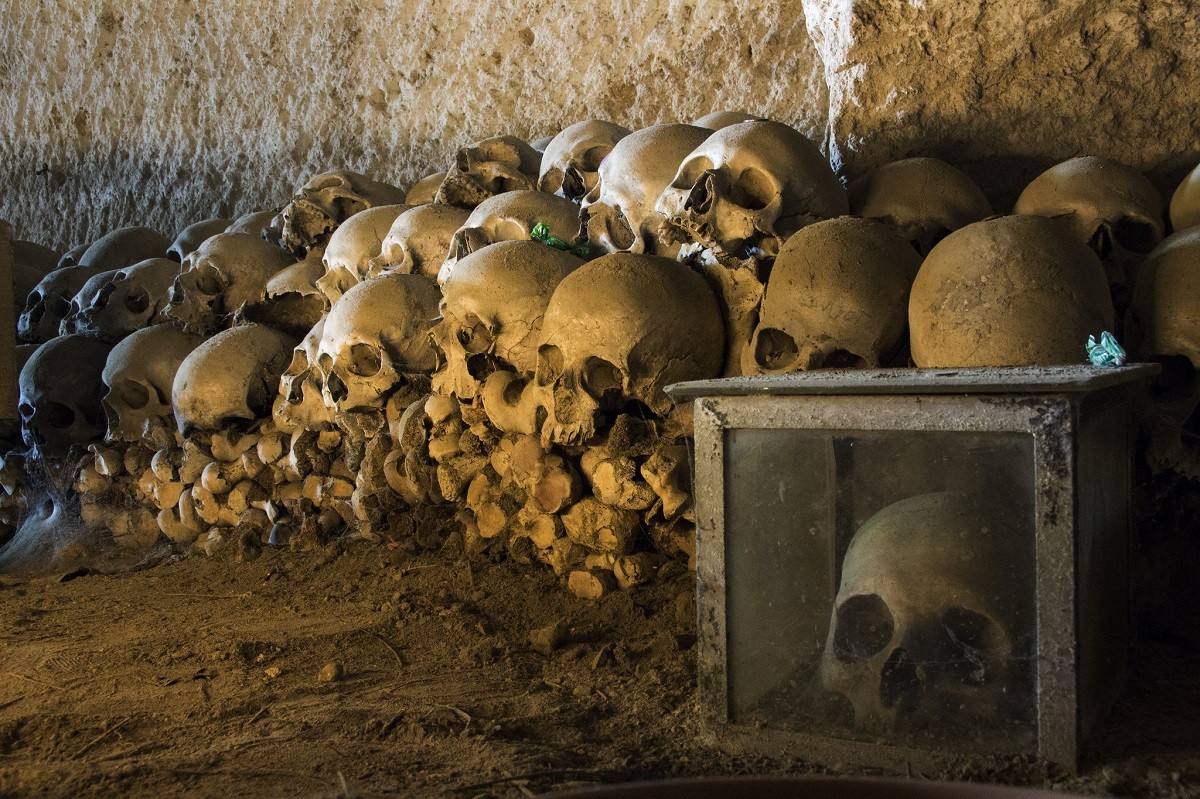
From the outset, Global Health realized how the implementation of safe graves for Ebola victims was a risky activity, so I ordered the burial team members to wear PPE, then spray the area with a strong chlorine solution, at 0.5%, before placing the victim's body safely in a bag, then spraying chlorine again, and then putting it in another bag, and although the cremation was the best and logistically easier to bury safely, it was not a common ritual in West Africa.



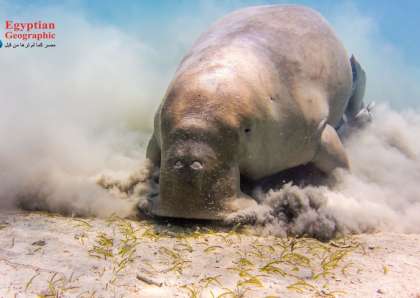
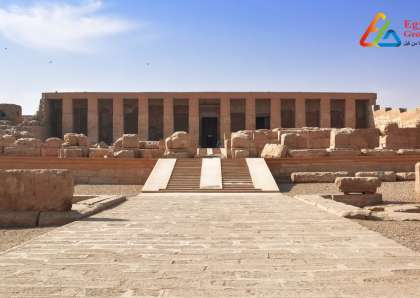

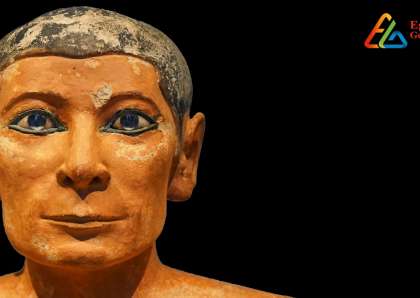

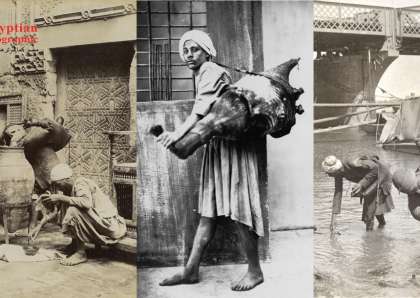
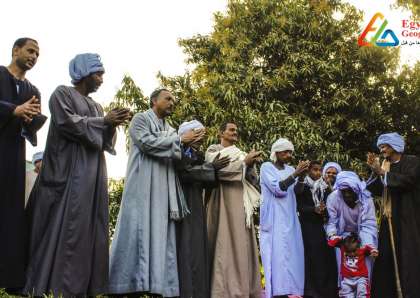
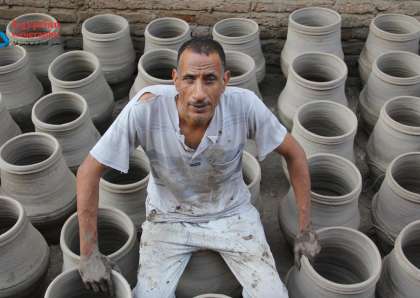






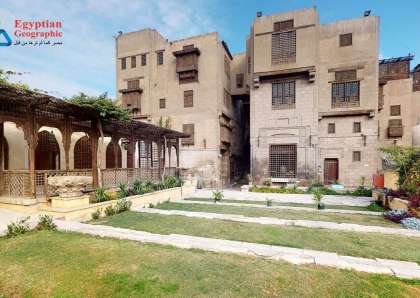
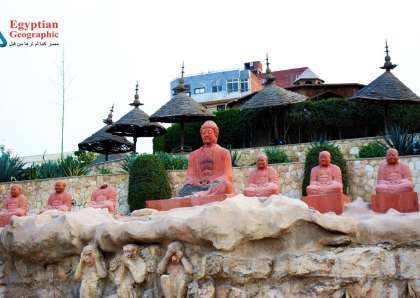









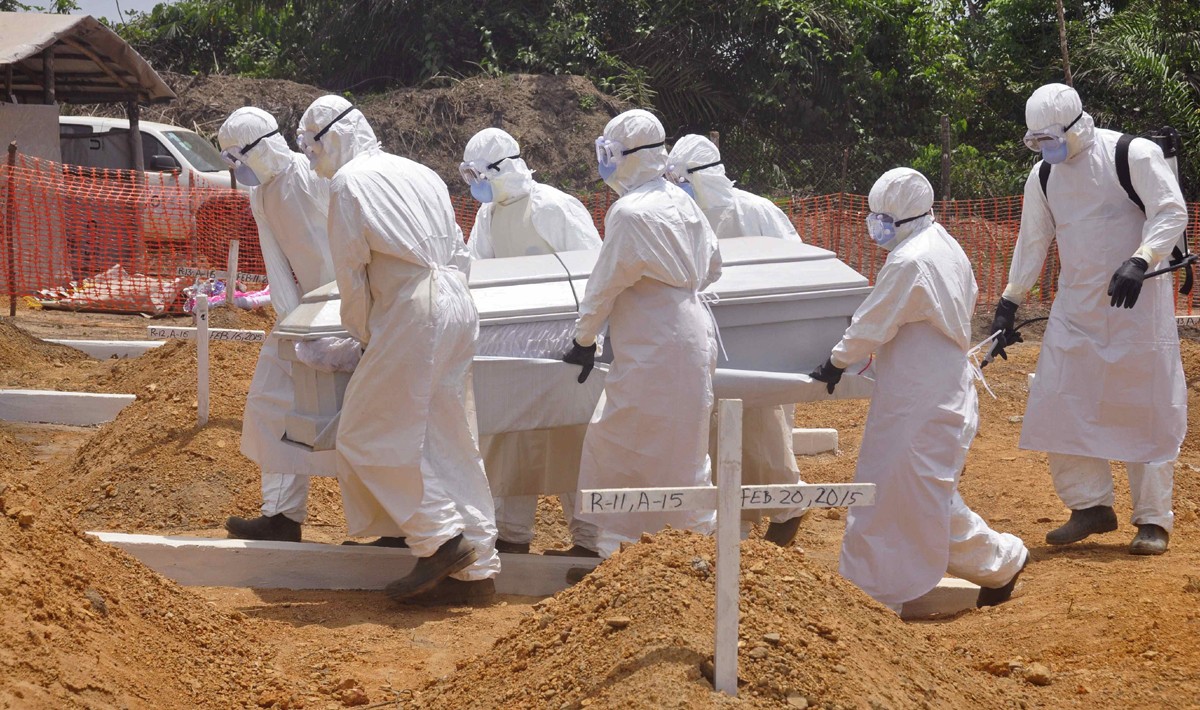







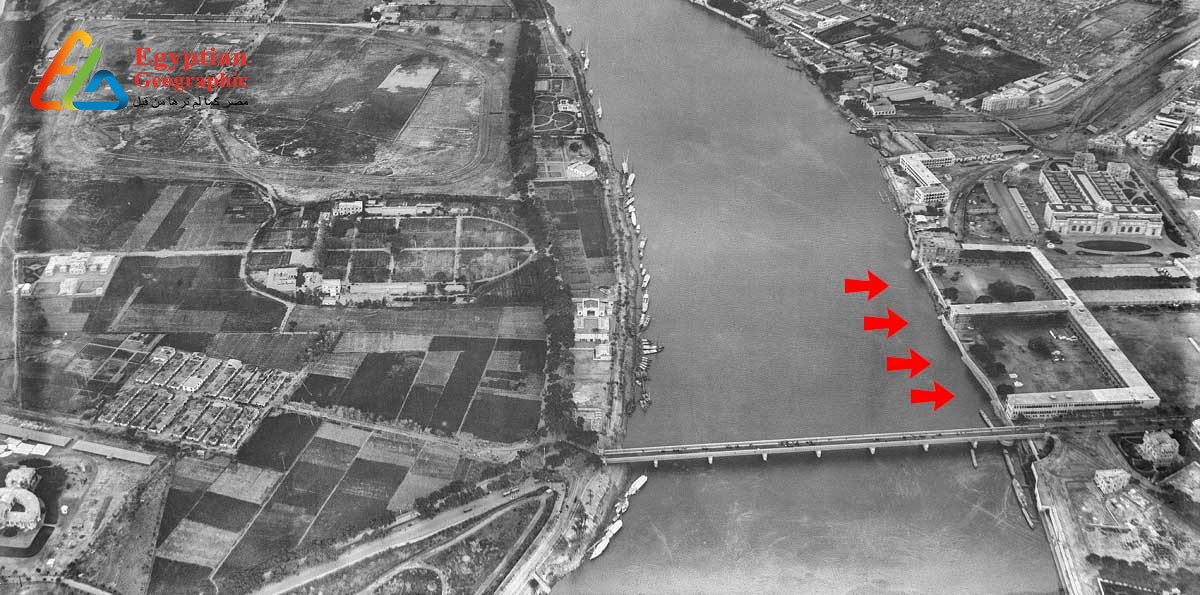

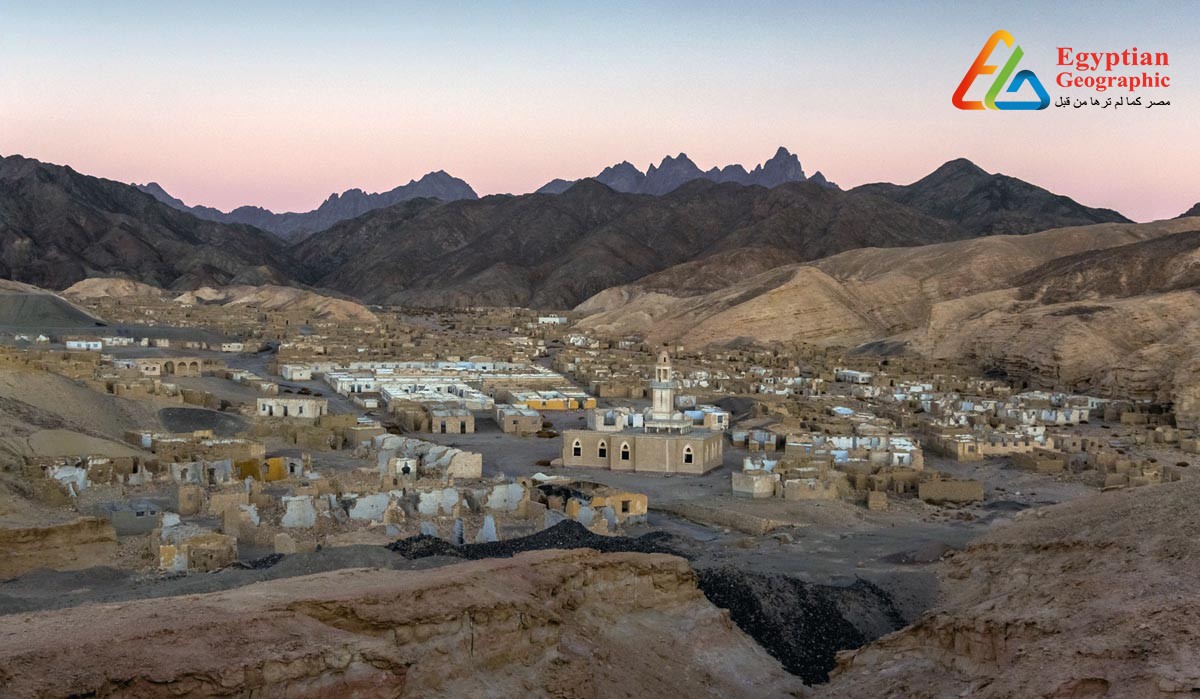












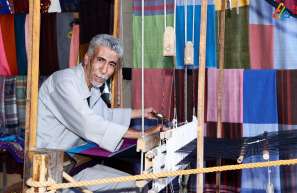

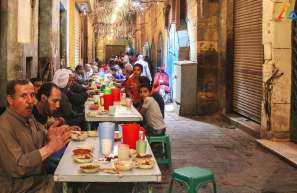












مجلة علمية معرفية وثائقية تتناول الشخصية المصرية